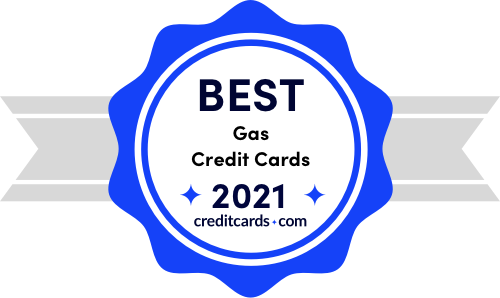
Maintaining the best credit utilization ratio is crucial if you want to secure the best offers from credit card companies. Employers can use your credit score to assess your suitability for a job. A high credit utilization rate could limit your chances of finding the perfect job. There are several ways to lower your credit utilization and keep it low.
Credit utilization ratios should be kept below 30 percent
To improve your credit score, one of the best things you can do is to keep your credit utilization rate below 30 percent. Credit utilization is a simple calculation that reflects how much credit you use compared to the total amount of available credit. Logging into your credit card account will reveal your credit utilization ratio. Once you know your credit limit, you can divide that number by your outstanding debt and multiply it by 100 to get your credit utilization ratio. A low credit utilization will indicate that you have plenty of money available to pay off your outstanding debts.
The credit utilization rate, which is calculated from credit card balances, is updated once a monthly around the time that you receive your monthly statements. Here are some tips to help you keep below 30 percent.

Get a new credit line to lower your debt
A new credit card may increase your credit limit and decrease your credit utilization ratio. But, this will not improve your credit score. Paying off any existing debts is the first step in improving credit utilization. There are many things that can lead to you spending more than you have money. This can wreak havoc on your finances. Secondly, opening a new credit account will increase the number of new accounts on your credit report, which will ding your score.
Too many applications for credit cards can damage your credit score. A high credit utilization rate is an indicator that you are "living on debt," which can make it more expensive and present a greater risk for lenders. This is why it's critical to avoid the temptation to max out your credit cards. Credit cards can be a great way to improve your credit score, provided you use them responsibly.
Restore credit utilization by paying off existing debt
Current debt repayments are one of the most effective ways to increase credit utilization. This will lower the total amount of your debt and eliminate any interest. This will help you improve your credit score. For large purchases, personal loans or consolidation can help. Personal loans are considered installment loans, meaning you have a set amount to pay back and a set repayment period. You have the freedom to spend the money as you please.
By paying off your credit cards or lines of credit, you can increase your credit utilization. You should pay your bills as soon possible, and preferably before the due dates. High utilization may result in your credit rating being lower. Also, paying off existing debt won't erase payment history. This is critical if you want to apply for credit cards in the future.

Increase available credit limit to reduce credit utilization ratio
It is possible to reduce your credit utilization by paying off any credit card balances. This will reduce your overall debt, and remove any interest fees. You can also increase your credit score. This ratio is simple to calculate: divide your total credit card debt by your available credit limit.
Applying for a second credit card will allow you to increase the credit limit. This will allow you to access more credit and reduce your credit utilization ratio. It may not increase your credit score. This is because having more credit cards can tempt you to spend more than you can afford. The number of credit cards you have on your credit report will increase, which will impact your score.